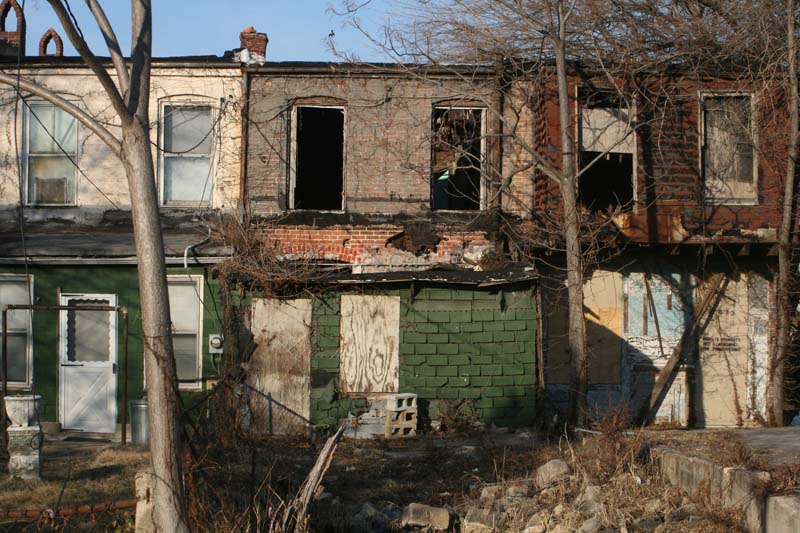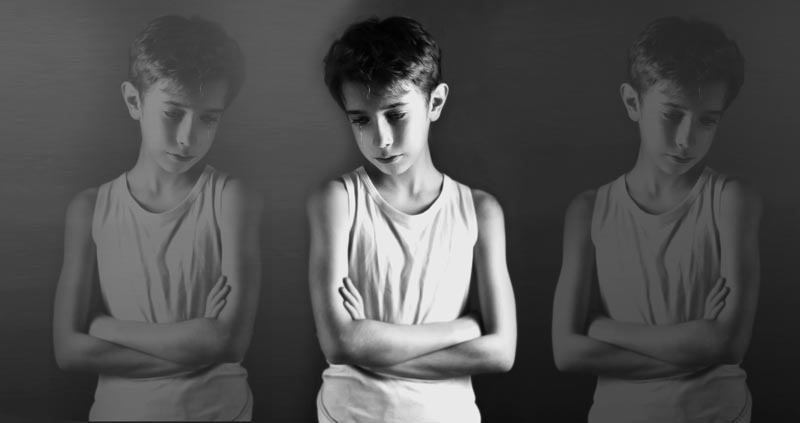When you hear the term, “wounded places” what imagery comes to mind?
It strikes me first that this word, wounded, something we use to describe living creatures, is being applied to a thing, in this instance a place. This application of human characteristics makes me think of that ‘thing’ as a living, thriving being, and therefore it brings to mind ‘things’ that are abundant with life — a city, a community, a school, a park – alive with all the hustle and bustle of its inhabitants. Then almost immediately, the imagery shifts to accommodate all the negatives associated with the word wounded. It takes away the hustle and bustle. It sucks out the vitality – as in cities devastated by poverty or war – as in homes wrought with conflict, violence and abuse – as in natural environments robbed of their beauty — waterways polluted with garbage.
I’m not sure if that’s the imagery the filmmakers intended. Perhaps they were thinking of the heart, the soul, that place inside of us that once thrived and embraced the wonder of life and humanity in all its complications — that place that, when we were children, thirsted for knowledge about that outside world, but now suffers, hidden from view. That place that now longs to be protected and wrapped up in a womb, sheltered and safe from all that caused those wounds.
Another thing that also strikes me about the term “wounded places” is the temporary nature of the word wound – as in something we can heal…
Since the Thriving Communities Collaborative (TCC) launched, we’ve held three screenings of Wounded Places, one of the films in “The Raising of America” series. Different people walk away with different feelings, but it’s the stories that pull you in, the humanness of narratives. People relate to the fact that the neighborhoods feel familiar. The stories are real, and they touch you. The providers who have attended the screenings share some of the same challenges as those in the film. They, like their film counterparts, also wonder how many bodies the children they work with have stepped over during the summer break when their teachers ask them to write about vacation. They wonder when the people who deal with those living in these “wounded places” will begin to try to understand and empathize with what’s happening in their world — a world that might be around the block, yet oceans apart from their own experience. They wonder how they can help to shape the policies that will make a difference in our schools, in law enforcement, in social and health services? They wonder if they have really dealt with their own trauma, their own stories. They wonder about the use of violence as a method of discipline in such a violent world. They wonder how they, as parents, can protect their children or help them deal with trauma.
It’s the stories from the film, “Wounded Places”, that resonate. The stories that draw out the questions, why is this happening to us? How can we change this? It’s the stories that get us to feel something, in this world where so many have turned their backs on the poor – that have left them without the “bootstraps” that they are supposed to use to pull themselves up. It’s the stories that push us toward action.
And so, the TCC has decided to continue to use this film and others like it as tools for starting the conversation, for starting from a place of empathy and seeking pathways to healing.
Have you watched Wounded Places? What do you think? Let us know.
Image credits:
Marco 3170 from Giorgia Pallaro’s flickr photostream
East Baltimore – Not What Defines a City from urbanfeel’s flickr photostream


